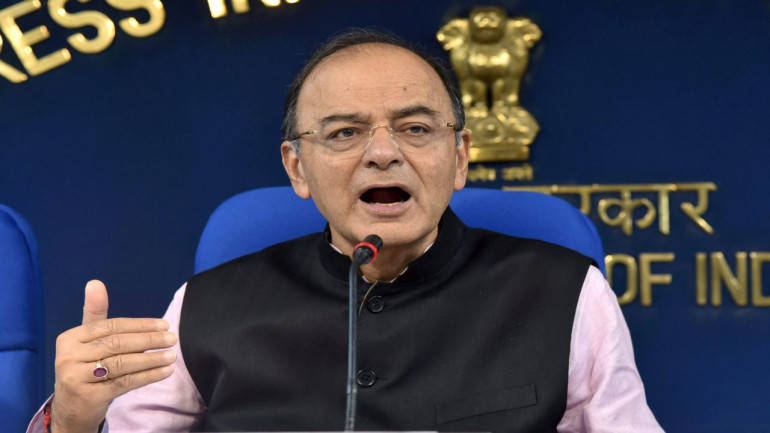On 8 November 2016, Prime Minister Narendra Modi announced the biggest-ever demonetisation exercise India has ever seen by abruptly withdrawing Rs 500 and Rs 1,000 notes from public use.
RBI data shows cash in circulation grew 9.5% from pre-demonetisation levels
On the second anniversary of demonetisation, Finance Minister Arun Jaitley defended the move, saying that it was an essential step to induce people to move away from anonymous and receipt-less cash payments to digital transactions. This, even as the latest RBI data shows currency in circulation rose to ₹19.6 lakh crore as of October 26, 2018, a 9.5% growth from two years ago.
“India was a cash dominated economy,” Mr Jaitley said in a written statement. “Cash involves anonymity in transactions. It bypasses the banking system and enables its possessors to evade tax. Demonetisation compelled holders of cash to deposit the same in the banks. The enormity of cash deposited and identified with the owner resulted in suspected 17.42 lakh account holders from whom the response has been received online through non-invasive method.”
This increased push towards digitisation achieved significant success, the Finance Minister said. According to him, the Unified Payment Interface, launched in 2016, saw the value of transactions on it grow from ₹50 crore in October 2016 to ₹59,800 crore in September 2018.
The Bharat Interface for Money (BHIM) app for UPI transactions currently has 1.25 crore users and the share of BHIM transactions in overall UPI transactions was about 48% in June 2017, Mr.Jaitley added.
“The RUPAY Card is used both at the Point of Sale (PoS) and for e-commerce,” Mr. Jaitley said. “Its transactions have increased from ₹800 crore before demonitisation to ₹5730 crore in September 2018 for PoS and from ₹300 crore to ₹2,700 billion in e-commerce. Today Visa and Mastercard are losing market share in India to indigenously developed payment system of UPI and RUPAY Card whose share have reached 65% of the payments done through debit and credit cards.”
Incidentally, MasterCard reportedly wrote to the U.S. government in June saying that the Indian government was using nationalism to promote the use RuPay cards and that the country’s protectionist policies were hurting foreign payment companies.
Widening tax base
“The impact of demonetisation has been felt on collection of personal income tax,” Mr Jaitley said. “Its collections were higher in Financial Year 2018-19 (till 31-10-2018) compared to the previous year by 20.2%. Even in the corporate tax the collections are 19.5% higher.”
“Similarly, in the year 2017-18, the tax returns filed reached 6.86 crore, an increase of 25% over the previous year,” he added. “This year, as on October 31, 2018, already 5.99 crore returns have been filed which is an increase of 54.33% compared to the previous year till this date. The new filers added this year are 86.35 lakh.”
Economic Affairs Secretary Subhash Chandra Garg said demonetisation and GST reflect long-term vision of the government and its ability to undertake massive structural reforms.
Tax filers under both direct and indirect taxes are close to getting doubled. Digital payments have risen sharply and become common place. Fake notes are out, Mr. Garg tweeted.




